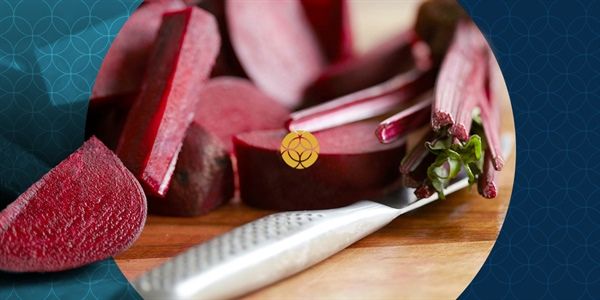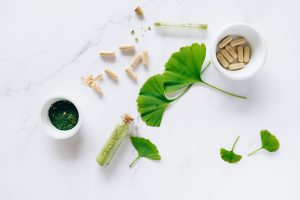
When it comes to preparing meals, preserving the nutrients in our food is essential for promoting a healthy lifestyle. While cooking food can enhance flavors and make it more appealing, certain techniques can lead to a loss of nutrients. In this article, we will explore cooking techniques that allow you to retain the maximum nutrient value in your meals.
1. Steaming
Steaming is one of the best cooking techniques for retaining nutrients. By cooking food in steam instead of submerging it in water, you minimize nutrient loss due to leaching. Steaming helps preserve water-soluble vitamins such as vitamin C and B complex. Additionally, this gentle cooking method maintains the natural color, texture, and flavor of your ingredients.
To steam your food, you will need a steamer basket or a steaming pot. Fill the pot with approximately 2 inches of water, place your food in the basket, cover it, and let the steam cook the food until it is tender. Steaming is perfect for vegetables, fish, and delicate proteins.
2. Stir-Frying
Stir-frying is a quick and efficient cooking technique that exposes food to high heat for a short duration. This method helps retain nutrients by ensuring minimal exposure to heat and reducing cooking time. The colorful vegetables and tender-crisp texture achieved through stir-frying make it a popular choice among health-conscious individuals.
To stir-fry your ingredients, start by heating a small amount of oil in a pan or wok over high heat. Add your thinly sliced vegetables or protein and toss them continuously for a few minutes until they are cooked and retain their vibrant colors. Remember not to overcook, as this can lead to nutrient loss.
3. Poaching
Poaching involves cooking food in a liquid at a low temperature, just below boiling point. This technique is particularly useful for delicate foods such as fish or eggs. By gently simmering the food, poaching helps retain its nutrients and prevents them from being exposed to excessive heat.
To poach food, you need to bring a liquid (water, broth, or milk) to a slight simmer. Carefully place your food in the liquid and cook until it reaches the desired doneness. This method results in tender, flavorful food without compromising its nutritional value.
4. Grilling
Grilling is a popular cooking technique that not only adds a delicious smoky flavor to your food but also helps retain its nutrients. When grilling, the fat drips off, reducing the overall calorie content. Additionally, grilling quickly cooks your food, minimizing nutrient loss.
To grill your food, you can use a gas grill, charcoal grill, or even an indoor electric grill. Preheat the grill to the desired temperature, place your seasoned food on the grates, and cook it until it is cooked through. Grilling is an excellent method for vegetables, lean meats, and seafood.
5. Raw and Minimal Cooking
One of the best ways to retain maximum nutrient value is by consuming food in its raw or minimally cooked state. Fruits and vegetables, in particular, are rich in vitamins and enzymes that can be lost during the cooking process. By consuming them raw, you ensure that you are getting the most out of their nutrient content.
For minimal cooking, consider techniques such as blanching or lightly sautéing. Blanching involves briefly boiling vegetables and then placing them in ice water to halt the cooking process. Lightly sautéing ensures that the vegetables are cooked just enough to soften them while retaining their nutritional benefits.
Conclusion
Cooking techniques play a significant role in determining the nutrient value of our meals. By applying methods such as steaming, stir-frying, poaching, grilling, or opting for raw and minimal cooking, you can retain the maximum nutritional benefits of your food. Experiment with different techniques to discover the perfect balance between flavor and nutrition in your meals.

